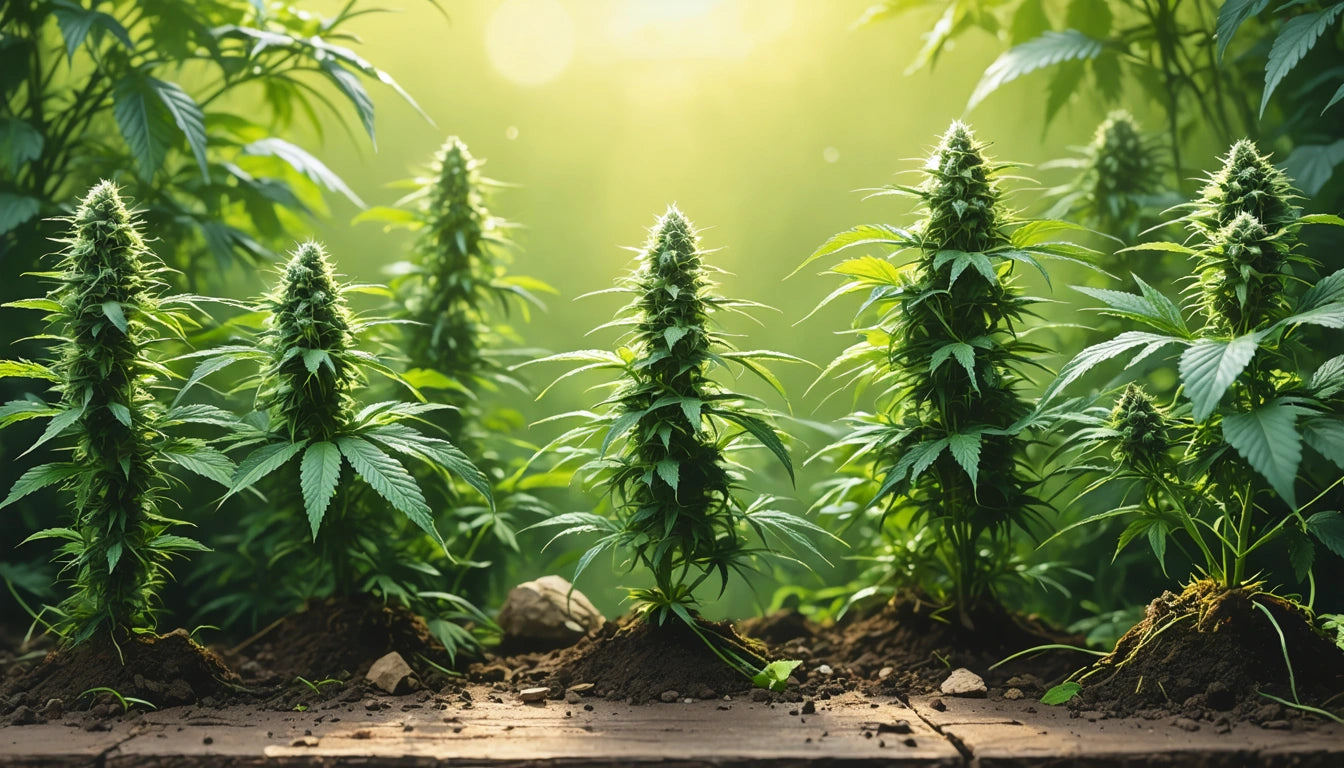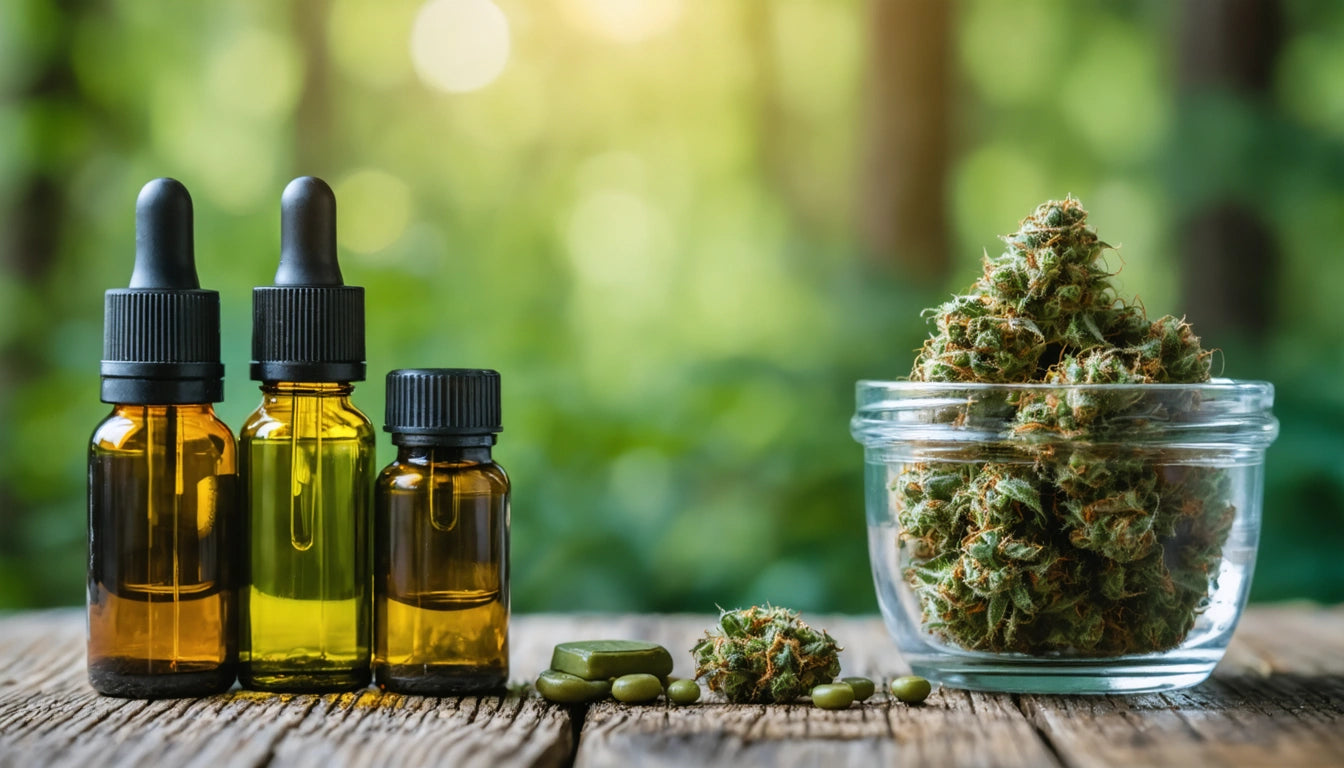Table of Contents
- Fundamental Differences Between Gravure and Flexo
- Quality Considerations and Capabilities
- Cost Analysis: Initial Investment vs Long-Term Value
- Sustainability Factors in Modern Printing
- Run Length Considerations for Different Business Needs
- Industry Applications and Best Use Cases
- Future Innovations Shaping Printing Technology Selection
Gravure Printing vs. Flexographic Printing: A Comprehensive Comparison
When selecting a printing method for packaging materials, the choice between gravure printing and flexographic (flexo) printing can significantly impact quality, cost, and production efficiency. Both technologies serve critical roles in the packaging industry but differ substantially in their mechanics, applications, and economic considerations.
Fundamental Differences Between Gravure and Flexo
Gravure printing uses engraved metal cylinders where recessed cells hold ink that transfers directly to the substrate. The process involves a doctor blade that removes excess ink from the non-printing areas of the cylinder. In contrast, flexographic printing employs flexible relief plates mounted on cylinders, with raised areas that receive ink from an anilox roller before transferring it to the substrate.
The mechanical differences between these methods create distinct advantages. Gravure excels in reproducing fine details and consistent color over extremely long runs. Flexo offers greater versatility across substrate types and has seen significant quality improvements in recent years.
Quality Considerations and Capabilities
Image Quality and Color Reproduction
Gravure printing traditionally delivers superior image quality with exceptional detail reproduction and color consistency. It produces smooth tonal gradations and vibrant colors that maintain consistency throughout long production runs.
Flexographic printing has historically been considered lower quality but has evolved dramatically with advanced plate technologies and improved inks. Modern flexo can achieve near-gravure quality while offering advantages in certain applications, particularly on textured or uneven surfaces.
Line Work and Text Reproduction
For packaging that requires crisp text and line work, both methods have strengths. Gravure excels at reproducing fine details consistently over millions of impressions. Flexo has improved significantly in text reproduction but may still show slight quality variations in extremely fine details.
As discussed in our comparison of various printing methods, the choice between techniques often depends on the specific packaging requirements and visual elements needed.
Cost Analysis: Initial Investment vs Long-Term Value
The economic considerations between gravure and flexo printing extend beyond simple per-unit costs.
Setup and Cylinder/Plate Costs
Gravure cylinders require significant initial investment, sometimes reaching tens of thousands of dollars per cylinder. This high setup cost makes gravure economically viable primarily for very long print runs where the per-unit cost becomes increasingly competitive.
Flexographic plates cost substantially less to produce, typically ranging from hundreds to a few thousand dollars per plate. This lower entry cost makes flexo more accessible for smaller runs and businesses with limited capital.
Run Length Economics
For runs exceeding several million impressions, gravure often becomes more economical despite higher setup costs. The durability of gravure cylinders allows them to maintain consistent quality throughout extremely long runs without replacement.
Flexo becomes particularly cost-effective for medium-length runs and when multiple design changes are anticipated. When integrating with automated filling equipment and packaging lines, flexo's faster setup times can also reduce overall production costs.
Sustainability Factors in Modern Printing
Environmental considerations increasingly influence printing method selection as brands prioritize sustainable packaging solutions.
Solvent Use and VOC Emissions
Traditionally, gravure printing relied heavily on solvent-based inks with high volatile organic compound (VOC) emissions. Modern gravure operations have improved with solvent recovery systems and water-based alternatives, though many still use solvent-based inks for certain applications.
Flexographic printing has adapted more readily to water-based and UV-curable inks, potentially offering environmental advantages. This aligns with broader industry shifts toward sustainable packaging solutions.
Energy Consumption and Waste
Gravure typically requires more energy during cylinder production and printing operations. The process of creating and eventually disposing of copper-plated cylinders also presents environmental challenges.
Flexo plates generally require less energy to produce and create less waste during the manufacturing process, though plate disposal remains an environmental consideration.
Run Length Considerations for Different Business Needs
The optimal printing method often depends directly on anticipated production volumes.
Short to Medium Runs
For runs under 500,000 impressions, flexographic printing typically offers clear economic advantages due to lower setup costs and faster changeovers. This makes flexo particularly suitable for regional brands, seasonal packaging, or products with frequent design updates.
Long Runs and Consistent Branding
Major national or international brands requiring millions of identical packaging units often benefit from gravure's consistency and lower per-unit costs at scale. Products with stable, long-term packaging designs can amortize the higher initial cylinder costs over extensive production runs.
When selecting between these methods, companies must consider not just current needs but future scaling requirements, as switching between printing technologies can involve significant retooling costs.
Industry Applications and Best Use Cases
Different industries tend to favor specific printing methods based on their unique requirements.
- Flexible packaging: Both methods are widely used, with gravure preferred for premium flexible packaging requiring exceptional visual quality.
- Corrugated packaging: Flexo dominates this sector due to its ability to print directly on uneven corrugated surfaces.
- Labels: Flexo is the preferred choice for most label applications, though gravure may be used for premium labels requiring exceptional quality.
- Specialty packaging: Cannabis packaging often utilizes flexo for its versatility across different container types, as noted in our guide to packaging cartridges.
Future Innovations Shaping Printing Technology Selection
The printing landscape continues to evolve with technological advancements narrowing the traditional gaps between gravure and flexo capabilities.
Hybrid printing systems combining flexo with digital elements are gaining traction, offering the flexibility of digital with the efficiency of flexo for certain components. Meanwhile, gravure continues to evolve with improved cylinder engraving technologies and more environmentally friendly ink systems.
For packaging decision-makers, staying informed about these developments is crucial. The choice between gravure and flexo is increasingly nuanced, with factors beyond simple quality or cost considerations determining the optimal solution for specific packaging needs.
As sustainability pressures mount and brand owners seek greater packaging customization with shorter time-to-market, both printing methods must continue adapting to maintain relevance in an increasingly competitive landscape.











Leave a comment
All comments are moderated before being published.
This site is protected by hCaptcha and the hCaptcha Privacy Policy and Terms of Service apply.